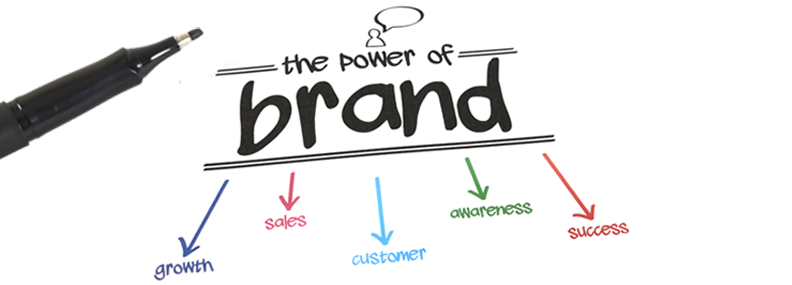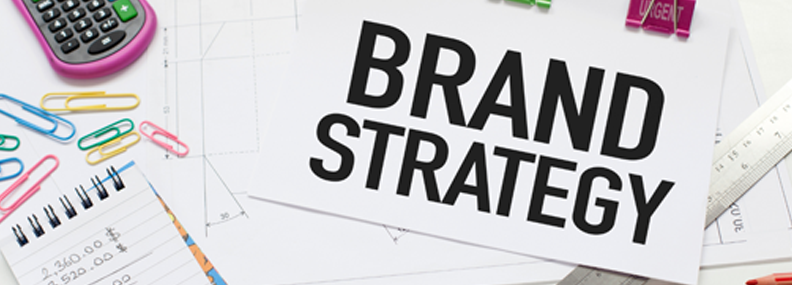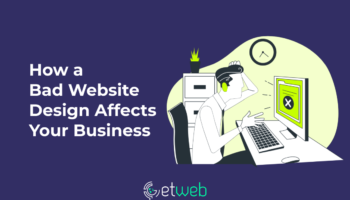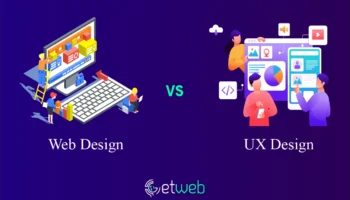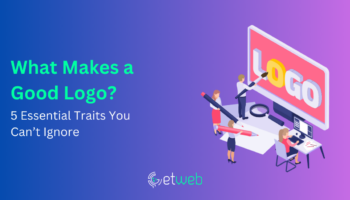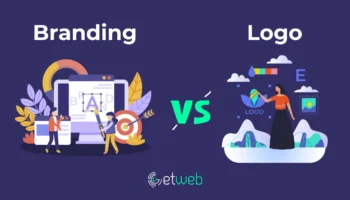Contrary to what many believe, brand discovery isn’t really part of a marketing strategy. It is a sophisticated process to figure out your brand’s goal and plan a roadmap for the future strategies.
The main goal behind the process is to find out the strengths, weaknesses, and most valuable offerings of a brand.
Let’s check out how you can build a strong brand and reach its full potential with the help of a dynamic brand discovery process.
What is Brand Discovery?
Brand discovery refers to the process companies use to develop brand strategies that will help them go closer to their audience, build trust/authority, and overcome the competition.
At the heart of the process lies gathering insights into your company’s goals, target audience, competition, and the industry, which helps you plan your next moves to establish your business.
Just like you strengthen the base of your house before construction to increase durability, a strong branding foundation is also required to help your brand become more visible and resonate with your target audience on a deeper level.
Why is It Important?
A successful brand needs to keep up with the increasing competition and ever-changing purchasing trends within its niche.
Whether it’s to launch a new product or to take your brand one step closer to your customers, the success will lie in making the most out of all the insights you’ve collected. This is where brand discovery comes into play.
Brand discovery is a data-driven process that focuses on collecting and analyzing a load of data to plan your brand’s next moves.
If you enter the market without a solid branding strategy, it’ll become increasingly hard for your brand to overcome the competition and gain the trust of your clientele.
Remember, information is the most powerful tool in branding and it helps companies make informed business decisions, the key to growing a successful brand. Brand discovery will also help you to:
- Secure a good position for your brand in your targeted marketplace
- Change existing brand perception, or create a new one
- Make informed decisions in campaigns, marketing, and communication efforts
- Highlight the pros and values of your product
- Create clear roadmaps for future branding, sales, and marketing goals
Resource: Brand Discovery – Clootrack
How to Discover Brands: 7 Steps to Building a Brand
Every business follows a different branding strategy depending on their specific business goals. However, years of hands-on practice and industry knowledge has helped us figuring out the workflow of a solid brand discovery session. The entirety of this process can be divided into 7 smaller steps. Let’s dive deeper.
Step 1: Discover Your Brand’s Purpose
No matter which product or service you want to provide, you are not the only one trying to get people to buy from them.
Everybody is special according to themselves. Most people buy from those brands with which they feel connected in their beliefs, perceptions and motivations.
Strong brands have a clear purpose, a set of values, mission and vision that helps them to be different from the competition.
To discover your brand’s purpose, you’ll need to have a crystal clear idea about what you want to do and how. You can also gather insights from questions like these:
- Who you are (as a brand)?
- What are your goals (Short and long-term)?
- What are your primary targets?
- What are the core values that drive you?
- What are you offering?
- What do you want to achieve as a business?
Most brand building practices nowadays are profit-centric, but that can create a variety of problems for your brand down the line.
A better alternative can be humanizing the brand. Instead of focusing on the market entity, try building a human entity designed to connect with other people.
Step 2: Do Market Analysis
Here, you will concentrate on gathering insight on the market and creating a brand identity that’s strong enough for the competitive market.
You’ll collect insights from surveys, guerrilla marketing techniques, and other feedback collection methods.
The primary goal here is to identify your specific market segment and collect insight on the competition. This will help you create a strong basement for your brand.
You’ll also need to answer a few questions here in order to organize your gameplan. The questions are:
- What industry does your brand fall into?
- What is your market segment?
- Who are your competitors in this space?
- What promise do you want to make to your target clients?
- What’s your brand archetype?
- What exactly can help you overcome the competition?
Step 3: Define Your Target Audience
Targeting everybody is not a good strategy when it comes to brand discovery. At this stage of brand discovery, it’s imperative to select a specific market segment as specific as possible.
You most probably already have a target group in mind, but it’s time to turn the abstract concept into detailed audience personas with demographic and psychographic data. The key here is to find out who you are targeting, and how they can resonate with your brand.
Here, answering these questions will help you move in the right direction:
- Who is your target audience?
- What do you know about them?
- Which of their problems are you solving?
- Why should they care about your solution?
- How would your brand impact their lives?
Step 4: Build Your Brand Strategy
This is the core of your strategic brand discovery/building process. By now, you have a pretty solid idea on who your target audience is going to be, who speaks the competition, and how your brand can satisfy your audience. Now, you’ll develop the brand itself.
You’ll need to focus on these aspects before you start planning ahead:
- Your business operations
- New and repeat customers
- Existing customers (if any)
- Direct and indirect competitors
- Business strengths and weakness
You’ll have to provide a strong reason against why your audience won’t buy from your competition. What you say to your audience is just as important as how you say it. Create a tangible brand persona that can cut the competition and comfort your customer base.
Step 5: Develop Your Brand Narrative
It’s time to refine your brand’s personality even further. What you say to your audience is just as important as how you say it. Unlike the 90s, today’s brands are much more powerful and omnipotent and the reason behind that is the brand narrative.
In this step, you’ll focus on creating a brand persona. Here the word “persona” refers to your brand’s voice, story, presence (messaging framework), and offerings.
Find out who your audience are and the best way to reach them through your brand. Don’t forget that your brand lives and breaths within the minds of your customers.
You may not have complete control over how the audience perceives your company. However, a strong, data-driven brand discovery session can help you turn the odds in your favor.
Step 6: Create a Brand Identity
Here, you’ll finalize your brand. Once you create a brand persona, it’s time to fine tune your branding strategy around that brand identity.
By now, your brand should have a solid narrative, a compelling story, and the means to overcome the competition.
In this phase, you’ll craft a crisp brand massage and attention grabbing visual elements for your brand.
Most of the companies today focus solely on this step and start their branding efforts half-baked. If you follow our guideline, you most probably will have a far stronger brand identity than many brands.
You’ll also need to develop necessary tools for your brand expression. Make sure to utilize all the touchpoints you have as your brand expression tools. Creating a roadmap is crucial here as it’ll help your brand to maintain a steady and sustainable growth.
Step 7: Launch The New Brand
Congratulations! Now you are ready to publish your brand and reach your target audience. This is where your brand discovery and the brand itself comes into life. By now, you’ll have a clear mission, an audience, a visual brand image, and a roadmap for future brand management.
This phase is all about execution. You have to constantly monitor, optimize, and manage your branding endeavors if you want to resonate with your people on a deeper level. Now you’ll have to dive into brand awareness, adoption, and advocacy to perfect your brand even further. Constantly monitor and optimize the brand structure for a better, long-lasting impact on your clientele.

 Let's Talk
Close
Let's Talk
Close


